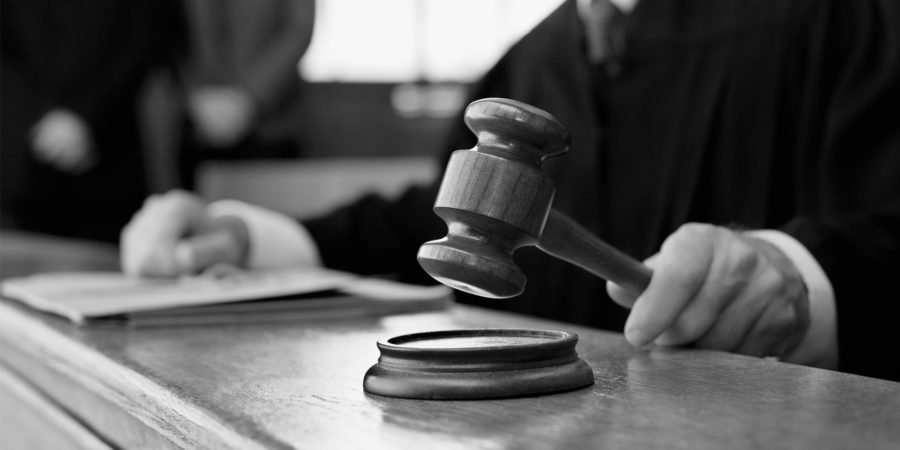Legal Appeals Briefly Explained
Sometimes legal trials don’t go as well as expected for people or companies charged and convicted with violating the law. When this happens, the losing party can utilize the US appeals process in an attempt to have their case re-tried and hopefully reversed in their favor. Let’s take a look at how this process works:
What exactly are legal appeals?
In the US Court system, in broad terms, to appeal a court’s decision means to apply to a higher court with the intent of reversing a lower court’s decision. If an appeal is granted by the higher court, it means that the higher court believes that the lower court was perhaps incorrect or erred in some way in the trial, so the lower court’s decision is effectively reversed. When this occurs, the lower court that initially tried the case is directed to either dismiss the original action, change its judgment, or retry the case to correct their errors.
Why does our court system allow appeals?
Courts are not infallible and US laws are always subject to legal interpretation. Changing times, changing circumstances and newly discovered facts (such as DNA evidence used to exonerate a conviction) oftentimes call for a review of previous cases, convictions or court opinions, as mistakes can and have been made by courts in the past. This important process serves to help clarify and interpret the law as well as to correct and rectify any errors that may have occurred in earlier trials.
How is an appeal initiated?
To initiate the appeal process, the party making the appeal files a claim stating that they believe the court committed errors that influenced the final decision and requests that the decision be reversed. The other party to the trial then submits a written brief in response to this filing stating that they believe the court made the proper decision, and that the other party’s claimed error had no effect or impact on the court’s decision.
During an appeal, neither party can present new evidence and no new witnesses are heard from as the appeal is essentially a review of the previous case’s record from the earlier trial. The court (known as the appellate court) reviews the trial record and the facts that were presented during the earlier trial. However, the appellate court typically cannot overturn a lower court’s decision on “factual grounds” unless they find that the original findings by the court were clearly incorrect.
How many times can an appeal be requested?
As a general rule, the final judgment of a lower court can be appealed to the next higher court only once such that, in any one case, the number of appeals depends on how many courts are “superior” to the court that made the decision. Rarely do appeals make their way all the way to the US Supreme Court unless the issue involves interpreting laws or rights seemingly granted or protected by the US constitution.
In fact, to get an appeal reviewed by the US Supreme Court, a circuit court must first file a petition for a “writ of certiorari” asking for the case to be reviewed. The Supreme Court can either accept or deny the petition. However, if rejected, this does not mean that the Supreme Court agrees or disagrees with the decision of the Court of Appeals, only that the case will not be reviewed by them.


